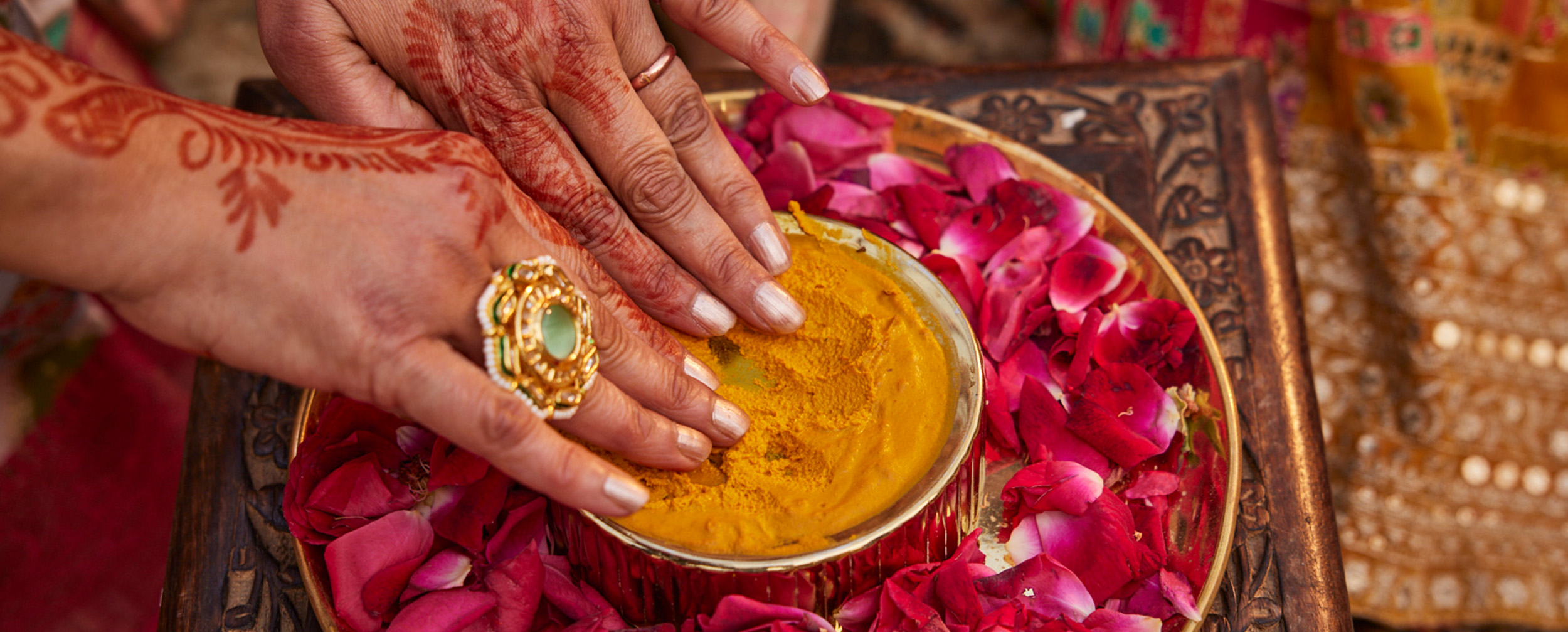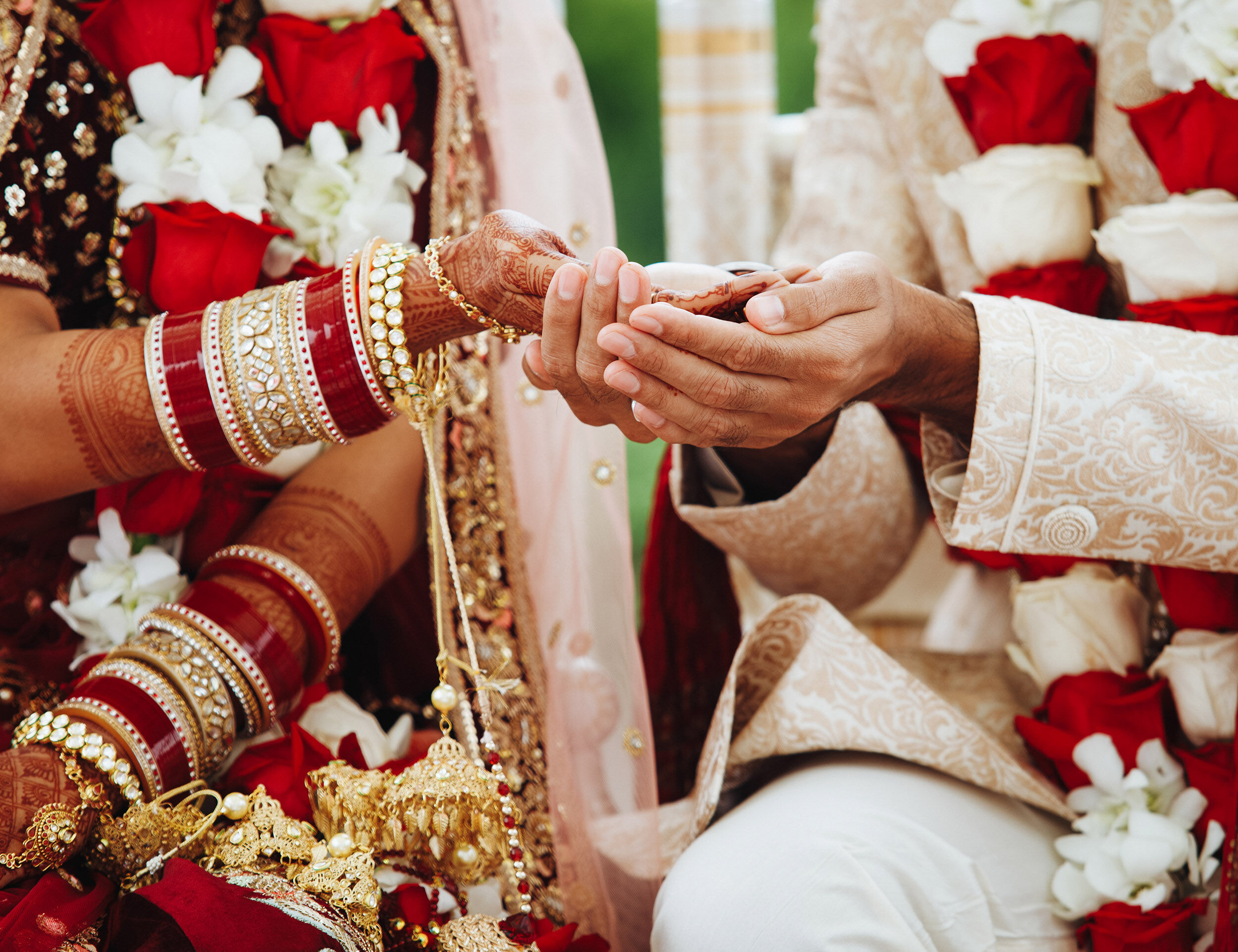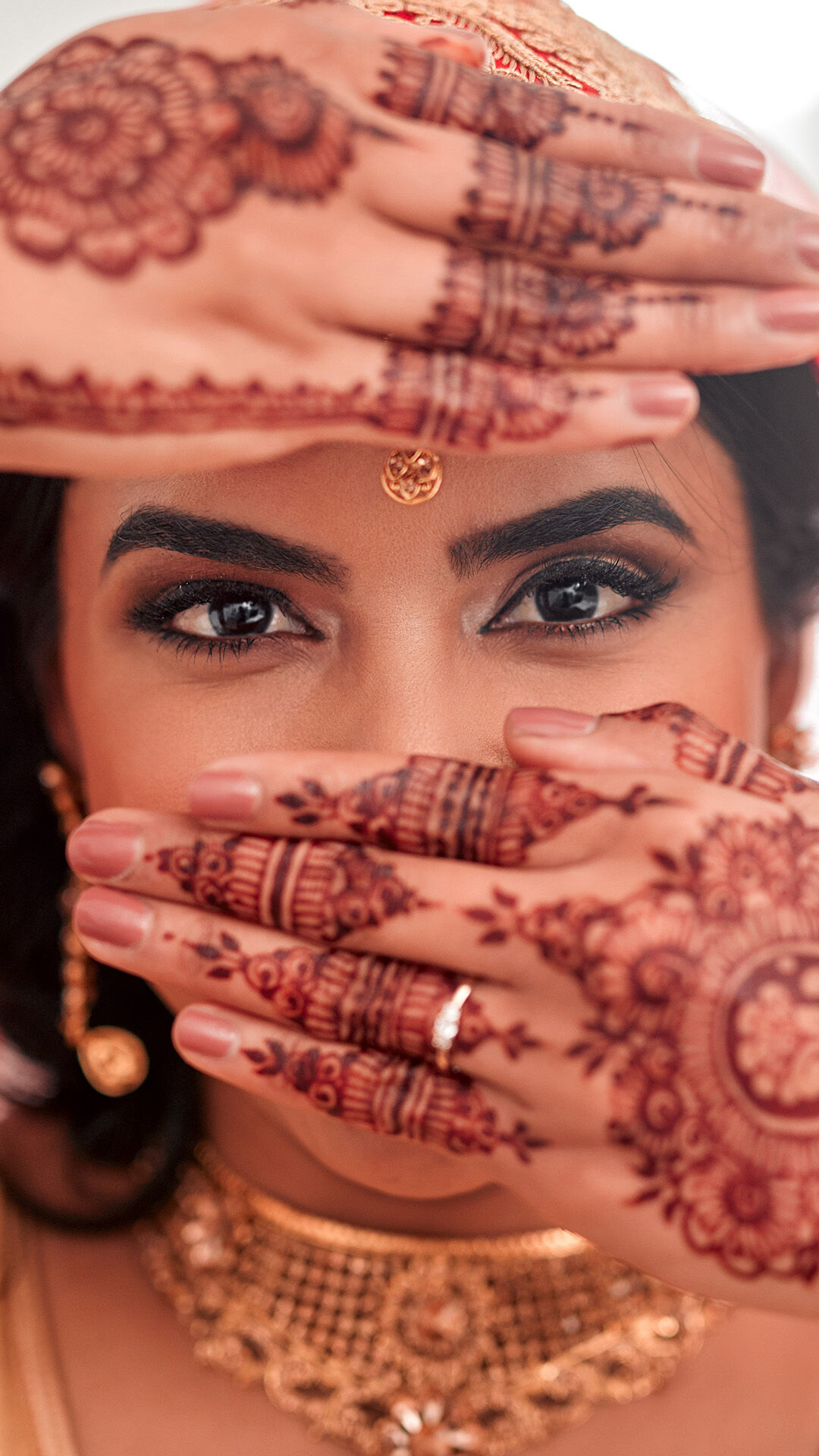STORIES BY MANYAVAR & MOHEY

Lifestyle
The Complete Roadmap to Hindu Wedding Rituals: What Each Ceremony Means
Date 4 July 2025 Reading time: 7-10 mins
Wedding season is here, and if you're attending or planning a Hindu shaadi, knowing the "why" behind each ceremony adds so much meaning to the celebration. Hindu wedding rituals date back thousands of years, each carrying profound symbolism beyond their Instagram-worthy moments.
Did you know that most Hindu wedding rituals step by step follow the same spiritual framework across different Indian regions, despite variations in customs? From Punjab to Tamil Nadu, these ceremonies celebrate the union of not just two people, but two families and their cultural legacies.
Let's journey through Hindu wedding rituals time-honoured ceremonies that transform two individuals into partners for life, blending ancient wisdom with contemporary style! Hindu wedding rituals step by step play a powerful role in honouring both tradition and emotion.
The Importance of Hindu Wedding Rituals
Hindu wedding rituals are considered sacraments rather than mere social contracts. They're designed to unite the couple spiritually, emotionally, and physically through carefully choreographed ceremonies witnessed by family, friends, and divine entities. Hindu wedding rituals step by step showcase this sacred union in an organised, spiritual progression.
For modern couples balancing contemporary lifestyles with cultural roots, these rituals provide a meaningful connection to their heritage. Many are now personalising these ceremonies to reflect their values while maintaining the core spiritual essence—proving that wedding rituals can evolve while preserving their significance. These rituals also help bridge generational gaps by offering clarity around each ceremony.
Pre-Wedding Rituals
Before the main wedding day arrives, several important ceremonies set the stage for the celebration ahead. These pre-wedding rituals create momentum, building excitement while preparing the bride and groom spiritually and emotionally for their union. The focus during this time is often on purification, bonding, and setting intentions.
Engagement Ceremony
The engagement or Sagai marks the official announcement of the couple's intention to marry. During this ceremony, the families exchange gifts and sweets, and the couple exchange rings, symbolising their commitment.
Wedding rituals often begin with this formal agreement between families. The ceremony typically includes:
- The couple seeking blessings from elders
- Exchange of rings (or sometimes just gifts in more conservative communities)
- Setting the wedding date after consulting astrological charts
- Sharing of mithai (sweets) to celebrate the happy occasion
Haldi Ceremony
The Haldi ceremony focuses on purification and blessing the couple before their wedding day. A paste made from turmeric, sandalwood, and other herbs is applied to the bride and groom's skin (at their respective homes). This helps eliminate negativity while preparing the body and soul for marriage.
Rituals like Haldi are as practical as they are spiritual—turmeric has antibacterial properties that help the skin glow naturally. This yellow-themed function is filled with laughter as friends and family playfully smear the paste on the couple. This also symbolises transformation—from bachelorhood to a sacred union.
Styling tips for the Haldi ceremony:
- Choose simple, inexpensive yellow or white outfits as they'll likely get stained
- Opt for cotton fabrics that are comfortable and breathable
- Skip heavy jewellery that might get damaged by the turmeric paste
- Consider waterproof makeup if you're the bride or groom
Mehendi Ceremony
The Mehendi ceremony is a joyous ladies' function where intricate henna designs are applied to the bride's hands and feet. These designs aren't just decorative—they symbolise joy, beauty, and spiritual awakening.
Hindu wedding rituals step by step include this beautiful art form with meaningful traditions:
- The darker the henna stains, the stronger the husband's love (according to folklore)
- Hidden initials of the groom within the bride's mehendi designs create a fun "finding game" for the wedding night
- Regional patterns vary dramatically across India, from the fine Rajasthani designs to broader Gujarati patterns
- The Mehendi function has evolved into a full-fledged celebration with music, dance, and feasting. Brides typically wear bright colours like yellow, green, or orange to create a stunning contrast with the deep red-brown mehendi designs.
Mehendi rituals also promote bonding among women in both families.
Sangeet Ceremony
The Sangeet (meaning "music together") has become one of the most anticipated pre-wedding events. This function brings both families together for an evening of performances, music, and dance celebrations.
Modern rituals often include choreographed performances by friends and family members, showcasing the couple's love story or teasing them with humorous skits. The energy is infectious as everyone from grandparents to young cousins participates in the revelry. Hindu wedding rituals step by step offer structure to these joyful expressions.
Wedding Day Rituals
The main wedding day brings together the most sacred wedding rituals that typically last several hours. Each element carries profound spiritual meaning while creating memorable moments for everyone involved.
Baraat Arrival
The groom's procession (Baraat) kicks off the wedding day celebrations with music, dancing, and festive energy as he makes his way to the wedding venue. Traditionally arriving on horseback or in decorated vehicles, modern grooms often add their personal touch to this grand entrance. Hindu wedding rituals step by step often dictate ceremonial welcomes such as the Milni before the groom enters.
Rituals surrounding the Baraat include:
- Milni ceremony where key male members from both families formally meet and exchange garlands
- Showering of flowers and rice as blessings for prosperity
- Traditional dhol players or modern DJ setups keep the energy high
- The groom's family dances joyously around him.
Jaimala Exchange
The Jaimala or Varmala ceremony marks the first ritual where the bride and groom meet on their wedding day. They exchange flower garlands, placing them around each other's necks to symbolise their acceptance of one another.
Modern interpretations of rituals sometimes include personalised vows during this exchange, adding contemporary meaning to ancient traditions. Hindu wedding rituals step by step like Jaimala remind couples of mutual respect and acceptance.
Kanyadaan Ritual
Kanyadaan is one of the most emotional moments in Hindu wedding rituals. The term literally means "giving away the daughter" and involves the bride's father (or guardian) placing her hand in the groom's, entrusting her wellbeing to him.
Water flows through the father's hands, symbolising the unstoppable flow of his blessings to the couple. This ceremony often moves everyone to tears as it represents the transition in the bride's life from her parents' home to creating her own family.
Mangalsutra and Sindoor Ritual
The Mangalsutra (sacred mala) and Sindoor (vermillion powder) are powerful symbols of a married woman in Hindu culture. During this ritual, the groom ties the Mangalsutra around the bride's neck and applies Sindoor to the parting of her hair.
Regional variations of this ritual include different styles of Mangalsutra and application methods for Sindoor, reflecting the diverse cultural expressions across India.
Saat Phere Ritual
The Saptapadi or Seven Vows (Saat Phere) form the heart of Hindu wedding rituals. The couple circles the sacred fire seven times, taking seven specific vows with each round:
- For nourishment and respect
- For strength in both joy and hardship
- For prosperity through righteous means
- For mutual happiness
- For the well-being of all living beings
- For health in all seasons
- For friendship and loyalty
With each phera (circle), the couple take turns leading each other, symbolising balance in their relationship. The sacred fire serves as the divine witness to these promises, making this ritual legally and spiritually binding. Hindu wedding rituals step by step during Saat Phere form the foundation of a lifelong partnership.
Post-Wedding Rituals
After the main ceremonies, several important rituals help transition the couple into their new life together while celebrating their union with the community.
Vidaai Ceremony
The Vidaai marks the emotional departure of the bride from her parental home. She throws back handfuls of rice over her shoulder, symbolically repaying her parents for all they've given her while ensuring prosperity remains with them.
This bittersweet ritual often brings tears as the bride says goodbye to her family. Modern families sometimes soften this tradition by planning immediate visits or ensuring the departure feels less permanent than in previous generations. This ritual represents growth, gratitude, and emotional closure.
Reception Party
The wedding reception allows the newly married couple to celebrate with a wider circle of friends and extended family. Unlike the ceremony's religious focus, the reception emphasises socialising, feasting, and joyous celebration.
Modern interpretations of Hindu wedding rituals often include:
- Grand entries choreographed by the couple
- Speeches from family and friends
- Cake-cutting ceremonies (a Western influence)
- Open dance floors where everyone celebrates together
- They also encourage gratitude through formal family introductions and thank-yous.
The Significance of Hindu Wedding Rituals
Hindu wedding rituals weave together spiritual beliefs, cultural heritage, and family bonds into a meaningful celebration that has stood the test of time. While modern couples might adapt certain elements to suit contemporary sensibilities, the core values these ceremonies represent remain relevant and powerful.
As you prepare for upcoming wedding celebrations, remember that your attire plays an important role in honouring these traditions. Manyavar offers a thoughtful collection that respects the heritage of Hindu weddings while embracing contemporary style sensibilities—helping you look and feel your best for every special moment.
Whether you're drawn to traditional sherwanis, achkan sherwanis, embroidered dupattas, or royal safas, there’s a perfect ensemble to complement the sacred beauty of each ritual. Hindu wedding rituals step by step deserve attire that honours the legacy and elegance of every tradition.







